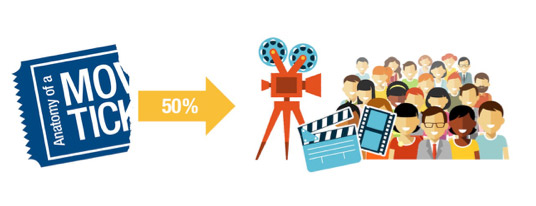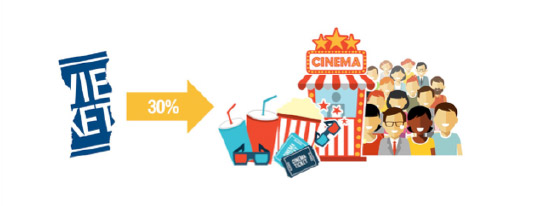Published Date: 01-09-17
|
|||
 |
|
||
|
|||
|
|||
| Some people think it’s a joke when theater owners say, “We’re in the popcorn and candy business!” It’s no joke. If it weren’t for Orville Redenbacher, Skittles, Sour Patch Kids, and Sno-Caps (and, increasingly, water and other healthier choices), the movie theater business couldn’t stay in business.
There are over 5,000 theaters in the United States and they are important places for communities to gather. Think about it – when you were a little kid and that film with the exploding racecars fighting the monsters from outer space came out? That was at the movies. When you took your crush to watch that new sappy Ryan Gosling romance and you kissed for the first time? That was at the movies. And when you and your Dad went to go see Arnold Schwarzenegger kick ass one last time? That was also at the movies! Going to the movies is an experience, and depending on where you live, it might cost less than a cup of coffee or more than a Venti caramel Frappuccino with four pumps of vanilla. No matter what, you’re paying for something that’s worth its value – and you are supporting both the creative community and your local community. Your support matters! |
|||





